A conversation around how to create more sales qualified leads (SQLs) begins with understanding the basics of your company’s marketing funnel. It’s the entire conversion process for your prospects. Working your marketing funnel enables a better chance that leads will convert to SQLs. You want to meet your prospects wherever they are in the buying process, i.e., marketing funnel stages, and identify the content that will generate new sales opportunities. Stages and the content type associated with each include:
Awareness: making audiences more receptive to future interaction with branded content strategies that resonate with them.
Consideration: helping audiences make favorable comparisons of your company with competitors using brand advocates and social influence.
Conversion: reducing the risk to audiences of making a poor buying decision with a simple, direct purchasing process.
Loyalty: nurturing and maintaining audiences with a program that features regular discounts, consistent email interactions, special social media events, and the like.
Advocacy: Inviting receptive and loyal audiences to continue to support your company with future marketing funnels.
Notice that the conversion stage is not the first or the last. It’s smack dab in the middle of the buyer’s journey. This means if your goal is to create more SQLs, the prospects who are ready to talk to your sales team so they can close a sale, your marketing team would first analyze how your leads are interacting with your business at the awareness and consideration stages.
This helps them to determine the leads as marketing qualified leads (MQLs), or prospects best suited to be passed on to your sales team. Then, an MQL can become an SQL, or a lead who has a high chance of converting to a customer. Once a lead is a customer, everybody gets back to work, nurturing customer loyalty and inspiring them to advocate for your business.
This brings us back to how to create more sales-qualified leads. It’s not necessarily all about that conversion stage. In this article, we’re sharing our expert advice for lead generation based on your marketing funnel that results in more sales qualified leads for your sales team.
11outof11’s 13 Tips for Generating More Sales Qualified Leads
1. Use data analytics to refine your marketing funnel at each stage.
With robust reporting and analysis, you can refine your funnel to drive more MQLs and eventually SQLs. Examine data to determine the kinds of content and events that are most likely to convert inbound leads into SQLs. As you analyze reports on each stage of the funnel, you can also apply any key learnings to improve your sales close rates.
2. Optimize the entire journey from lead to MQL to SQL.Just like the buyer’s journey, there’s a prospect journey from lead to MQL to SQL. Looking closely at the hows and whys of past leads who converted into SQLs can drive higher quality leads. Look for opportunities to improve conversion rates for each of these lifecycle stages. Extend what you know converts leads with valuable data from your CRM and your sales team. After conversion, refine targeting to create new audiences based on past MQLs who converted to SQLs.
3. Use lead scoring.Lead scoring is the process of identifying and moving leads from MQL to SQL. Leads are assigned scores based on attributes and metrics that are customized, personalized, and prioritized for your company. You gather as much information as you can about your lead like job title, company size, industry, and geographic location.
Also, track the amount and quality of their interaction with your content and specific webpages, as well as target audience views and number of pages viewed. Research shows more than 60% of companies set clear criteria for moving leads to SQLs, which also helps in implementing strategies to drive more SQLs.
4. Automate lead scoring to make reaching potential customers easier.A marketing automation tool can help you move leads faster and more accurately, reducing human error and saving time. Automation is also a cleaner, more efficient way of nurturing MQL leads into SQLs and alerting your sales team of changes in lead status.
5. Keep CRM, automation, and marketing platforms in sync for more insight.Whether you use multiple tools or one platform for marketing automation and customer relationship management, make sure each is in sync with the other. This way, you can get more insight into lead quality and traffic from each of your marketing campaigns and track the exact campaigns that are driving SQLs. Plus all contact details will be available across your system so sales teams are ready to pitch to an SQL at any time.
6. Establish buyer personas.Specific buyer personas will document what defines a sales-ready lead for both marketing and sales. Knowing who your ideal buyer is makes it easy to target and sell to the right audience, whether you’re motivating or making a sale. Alignment between marketing and sales can significantly accelerate lead qualification to SQL. As customers provide more data and feedback, revisit and align your buyer persona to accommodate any updates.
7. Create different content based on where prospects are in your marketing funnel.Creating content that’s relevant to a person’s current situation will resonate with them and entice them to want more. It enables more opportunities for leads to qualify as MQLs and move on to SQLs. Use the chance at every stage to start a relationship by offering relatable content of value in exchange for more information about the prospect.
8. Create content that impacts buying patterns.Use marketing automation tools to track the buyer’s journey and send out content at the right time in their pattern of buying, whether it’s for awareness, consideration, or nurturing.
9. Create content with purchase intent in mind.Focus your production of content on attracting more SQLs with specific solutions that address their pain points and their intent on buying the right solution. This is different from attracting a large number of leads. You’re concentrating the messaging for people who are ready to buy. This means more comprehensive product or service videos, case studies, ebooks, online learning, and webinars, with data that backs up your claims.
10. Use the topic cluster model for developing content.Topic clusters rely on a three-part architecture to organize information on your website for prospects who are searching the internet for solutions. By providing the best answers for today’s refined type of search queries, you can build broader search engine authority while getting more of your webpages ranked.
For prospects, the pillar page content outlines the main topic they’re searching, while the cluster page content gives more detailed information related to that topic. Since the content is all hyperlinked together, it helps people find information on your site more easily to get their questions answered. And search engines are noticing, which helps you rank higher on first-page SERPs.
11. Increase conversions with social proof.When prospects rely on their social networks to find advice, referrals, and reviews on your business, product, or service, that’s called social proof. Use it to build trust with your prospects and find out more about their interests and opinions. By vetting prospects through social media, you’ll find relatable ideas for content, events, deals, and packages that will likely inspire them to qualify as MQLs, convert to SQLs, and eventually to paying customers.
12. Institute an account-based marketing and sales programAn account-based marketing and sales program optimizes data such as what you already know about how an SQL behaves and what an SQL looks like for your business to target similar accounts for new SQLs. Marketing and sales teams agree on a list of target accounts, then run targeted ads and offer personalized digital experiences that also prospect new accounts for new sales opportunities.
13. Run Google AdsWhen prospects are ready to buy, the first thing they do is search for the right product or service. In most cases, they’re searching on Google. If your ad is there and ranks high on first-page SERPs, SQLs are more likely to see it. When implemented with a cost-effective bidding strategy, Google ads can also generate new leads from a hyper-targeted audience.

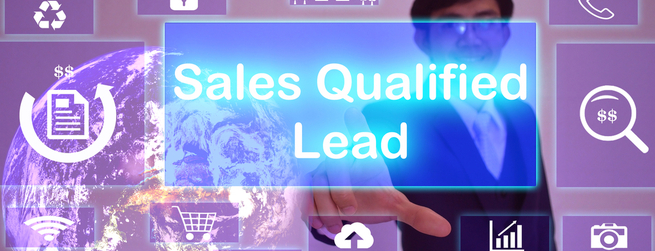
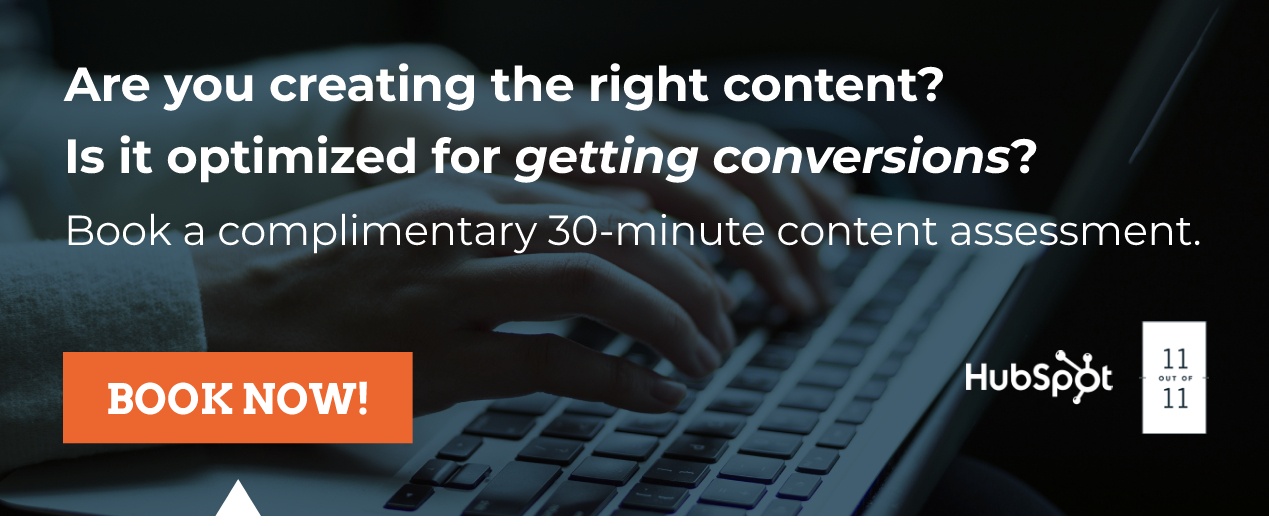
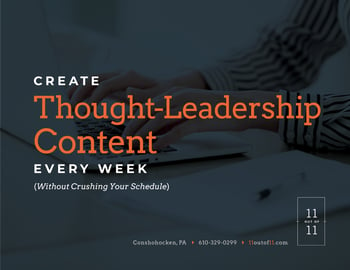


.png)





